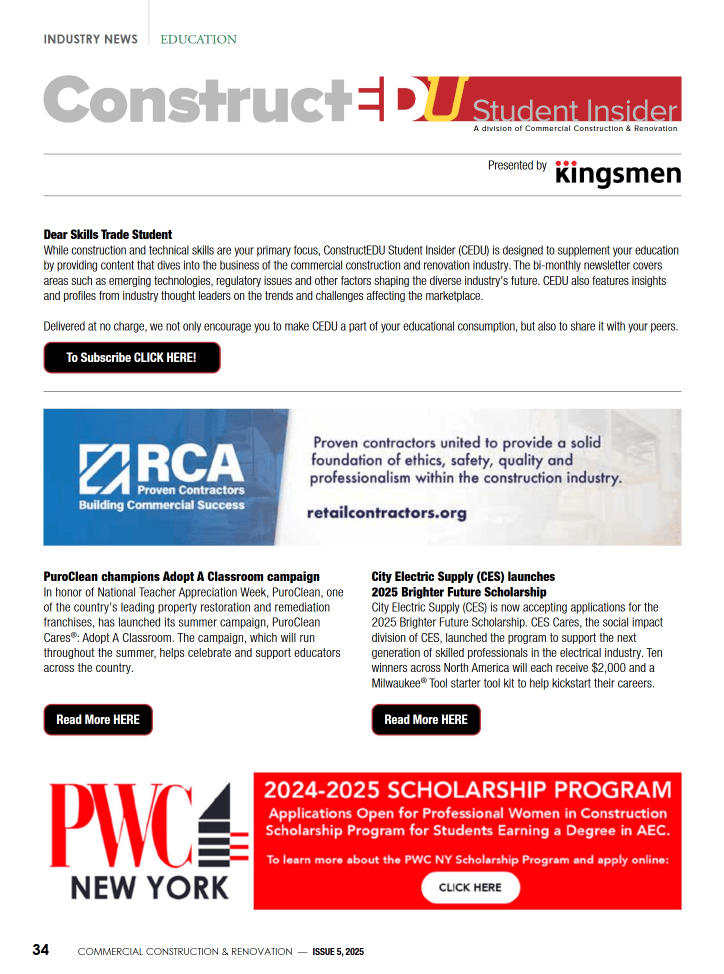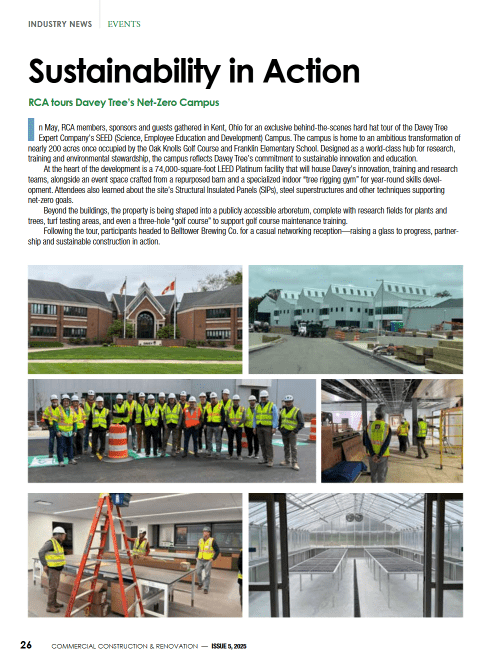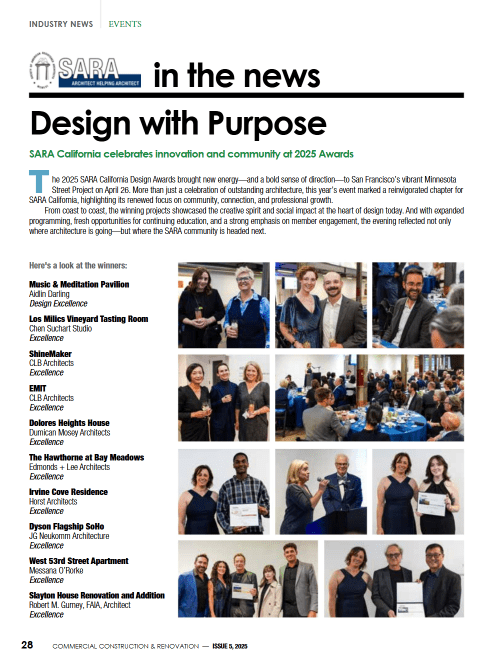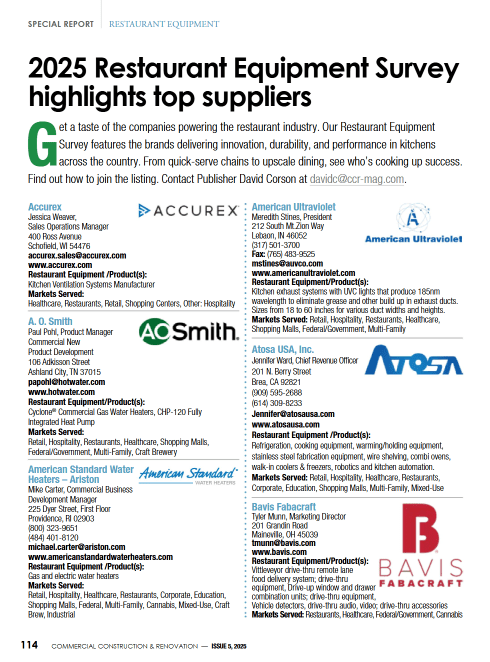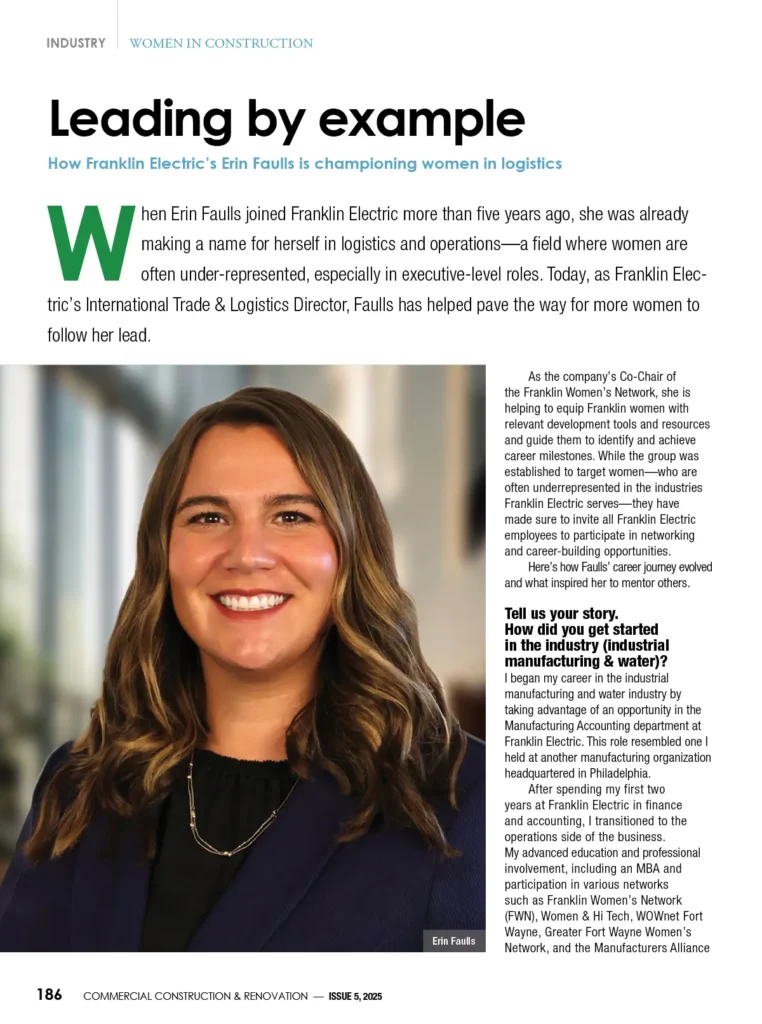In commercial construction, precision drives perfection. When implementing backyard interlocking and design solutions, success lies in the mathematical foundations. Modern residential backyard interlocking systems have evolved far beyond simple paver placement, incorporating advanced geometric principles that ensure flawless execution.
The Geometry of Excellence
Success in pattern creation relies heavily on precise mathematical calculations. Advanced CAD systems now integrate with traditional geometric principles to create layouts that not only please the eye but also ensure structural integrity. These calculations account for everything from water runoff angles to load-bearing requirements, transforming simple designs into engineering masterpieces.
Pattern Architecture Fundamentals
The foundation of seamless design lies in understanding modular mathematics. By calculating exact multipliers and dividing spaces into precise geometric zones, contractors can eliminate awkward cuts and maintain perfect symmetry. This systematic approach reduces material waste while ensuring visual continuity across large commercial spaces.
Dynamic Load Distribution
Modern interlocking systems must account for variable weight distribution. Through careful calculation of pressure points and load-bearing patterns, designs can accommodate everything from pedestrian traffic to heavy equipment. These calculations inform both pattern selection and base preparation requirements.
Precision in Transitions
Creating seamless transitions between different patterns or materials requires exact mathematical plotting. By calculating intersection points and utilizing specific ratio formulas, contractors can ensure smooth transitions that maintain both structural integrity and visual appeal. This precision becomes particularly crucial in commercial spaces where different functional areas meet.
Elevation Mastery
Proper elevation calculations transform flat designs into dynamic, three-dimensional spaces. By incorporating precise grade changes and calculating exact slope percentages, contractors can create interest while ensuring proper drainage. These calculations must account for local building codes while maximizing aesthetic appeal.
Material Science Integration
Understanding the mathematical properties of different materials enables perfect pattern execution. Thermal expansion coefficients, compression strength ratings, and wear resistance factors all play crucial roles in pattern selection and installation methodology. This scientific approach ensures longevity in high-traffic commercial applications.
Environmental Adaptation
Climate-specific calculations influence every aspect of pattern design. From freeze-thaw cycles to UV exposure rates, mathematical models help predict and prevent potential issues. These environmental factors directly impact spacing calculations and joint width specifications.
Water Management Mathematics
Proper drainage requires precise slope calculations and surface modeling. By incorporating hydrological formulas into the design phase, contractors can ensure effective water management while maintaining pattern integrity. These calculations become particularly crucial in large commercial installations.
Structural Grid Mapping
Creating perfectly aligned patterns starts with establishing accurate reference grids. By utilizing advanced surveying techniques and mathematical plotting, contractors can maintain pattern accuracy across vast commercial spaces. This precision ensures visual continuity in large-scale installations.
Technological Integration
Modern design software incorporates complex algorithms that optimize pattern layouts. These programs calculate everything from cutting schedules to material quantities, ensuring maximum efficiency in both design and execution. The integration of technology with traditional mathematical principles elevates the entire installation process.
Long-term Performance Metrics
Mathematical modeling helps predict pattern performance over time. By calculating wear patterns, settling rates, and maintenance intervals, contractors can design installations that maintain their integrity for decades. These calculations inform both initial design choices and ongoing maintenance schedules.
Future-Proofing Through Mathematics
Advanced calculation methods now allow for the integration of future modifications into initial designs. By planning for potential expansions or modifications, contractors can ensure pattern continuity in future phases while maintaining structural integrity throughout the project lifecycle.


















